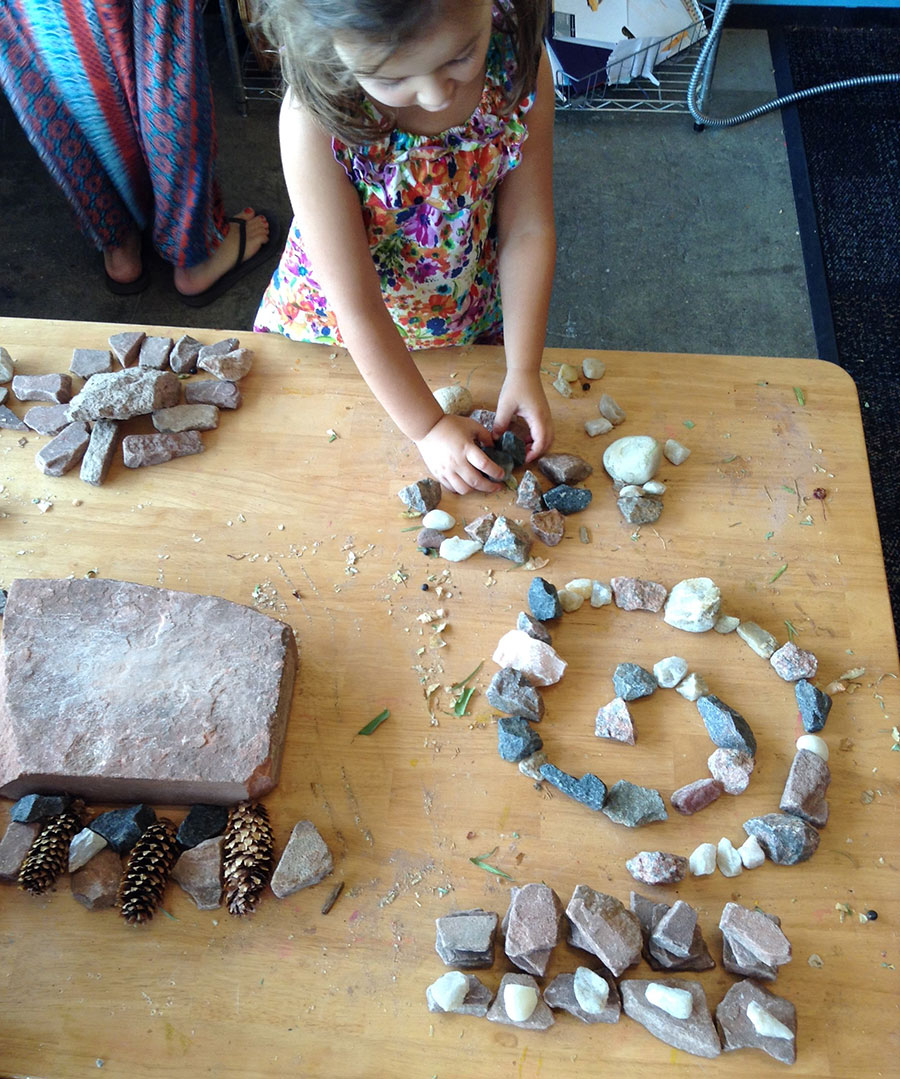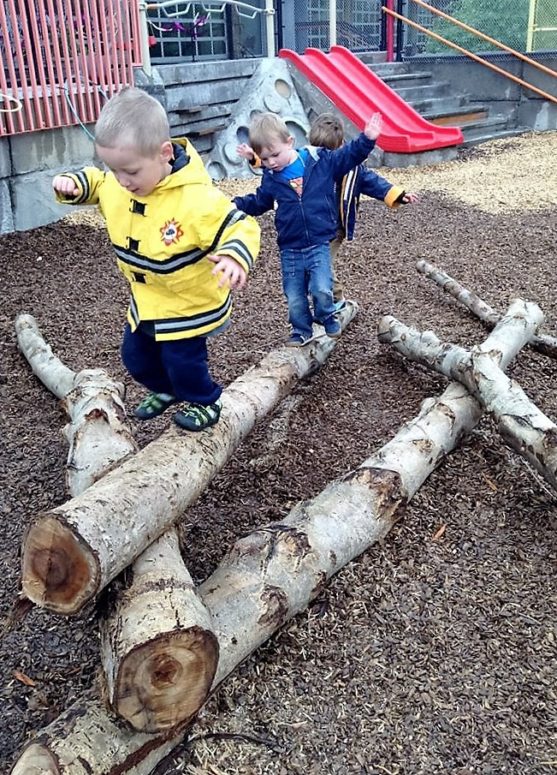OPENair Academy is inspired by the preschools of Reggio Emilia, a town in northern Italy where the Reggio approach to learning was born. Reggio schools value children as capable and active participants in their own learning. Children are celebrated: as competent learners, as active constructors of knowledge, and as pursuers of their own innate interests and curiosities.
Teachers act as guides, encouraging children to dive deeper into their understanding of themselves, their environment and their interactions with others. Special attention is given to the environment, which is seen as a third teacher that inspires children to explore and collaborate with peers, teachers and parents.
Reggio schools are largely built on four fundamental values: the child as a competent learner, the environment as a third teacher, the necessity of collaboration in learning and the importance of making learning visible.
Children are Active Participants in Learning
The Reggio approach celebrates the image of a child as a competent and active participant in their own learning capable of fully interacting with their environment and collaborating with others. This perspective leads to a unique teacher-student relationship built on mutual respect and collaboration.
In the Reggio approach, children actively explore what they want to learn, and what it means to learn. The process of learning and the content of learning are child-initiated. Children are supported in dynamic, meaningful interactions with the learning environment and in learning with others. Teachers regard themselves as co-learners; this perspective empowers students to, in turn, view themselves as collaborators in the search for knowledge. Learning comes from the children; therefore, learning can take place anywhere.
Environment is the Third Teacher
The environment of the school, both indoors and out, acts as a third educator. As children interact with their environment in a hands-on way, they are testing and putting to use concepts as they learn. Learning environments are believed to communicate explicit and implicit messages to teachers, students, and families.
In the Reggio approach, learning can and should happen anywhere: in the classroom, on the playground, and out in the larger community. The messages communicated in all of these spaces provoke certain types of interaction from children. To honor this value, learning environments are designed with these messages in mind. Reggio inspired spaces encourage hands-on work, thoughtful experimentation, application of developing concepts, and meaningful collaboration.


Collaboration is Part of Learning
Parents and community are regarded as an essential resource to their child’s learning in Reggio schools. Communication and connection with parents is an everyday occurrence and both family and community events are held throughout the year to ensure all members of the children’s communities collaborate to support and celebrate their learning.
Children are at the center of a network of resources. Parents, families, and the larger community are all important collaborators in the Reggio approach. Everyday communication with families is viewed as an both a means and an end to learning, and this dialogue is made a priority for teachers and schools. Family and community events are held throughout the year. These events are an invitation to all members of the children’s community to support and celebrate learning and growth.
Making Learning Visible
The processes of teaching and learning are made visible throughout the school. Teachers use a variety of mediums to track children’s ideas, thoughts, and successes, as well as their own. These artifacts (photographs, quotes, anecdotal notes, work samples, videos, etc.) are then compiled into pieces of documentation.
In the Reggio approach, documentation is a presentation, as well as a tool for uncovering, celebrating, and better understanding the children and their learning. Narratives within documentation act as a record of progress and growth. Visible learning shapes and reflects the culture of the school.

